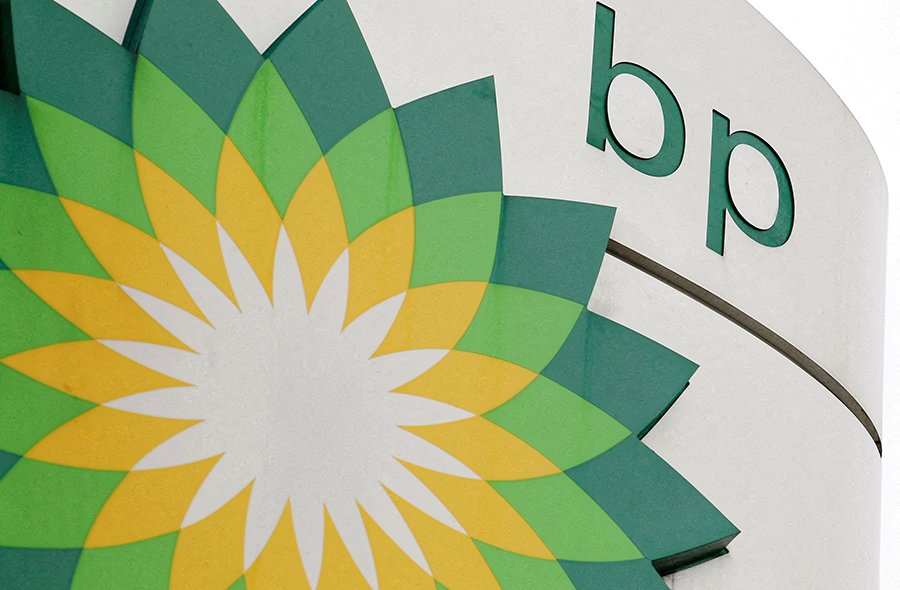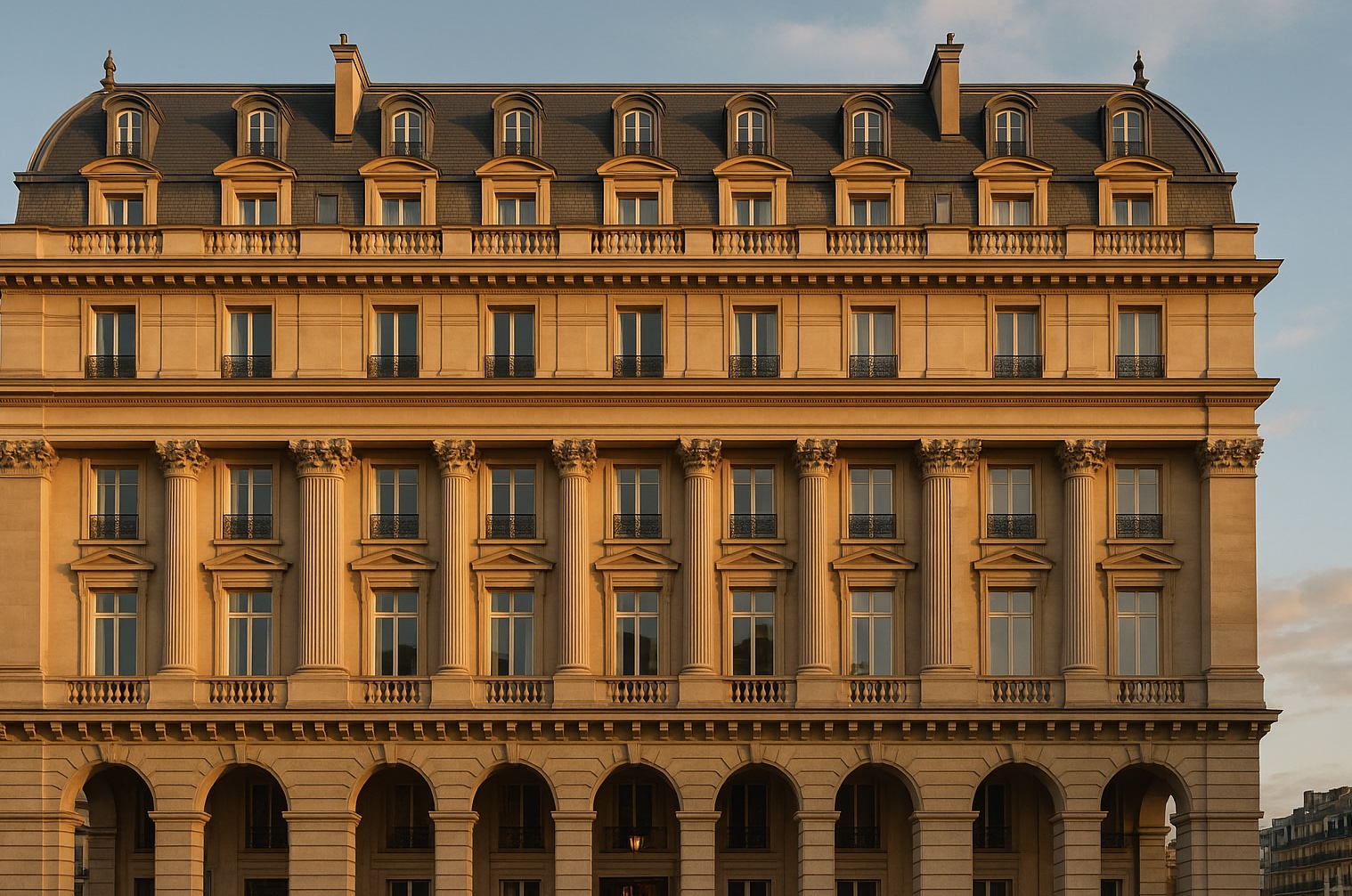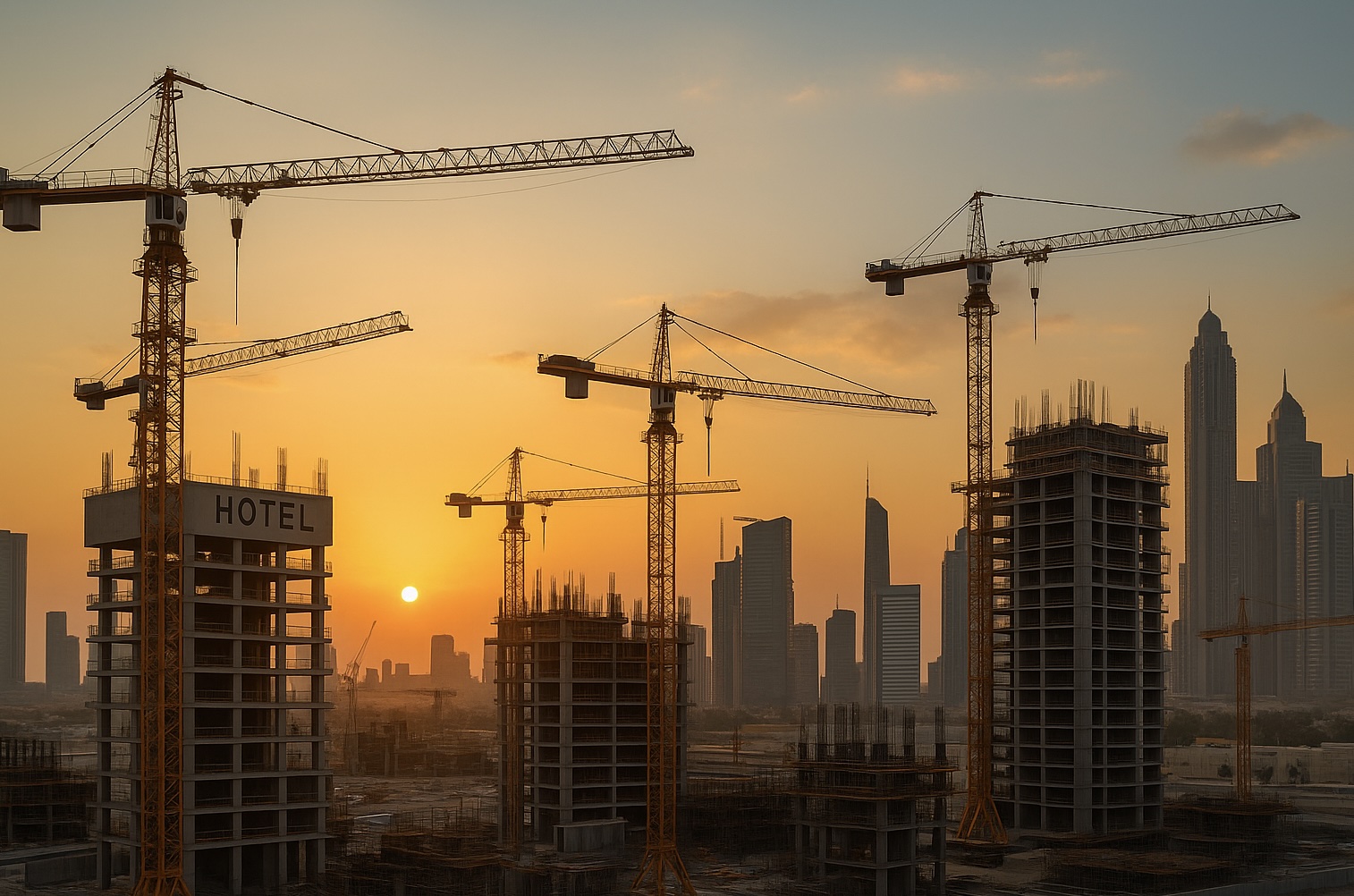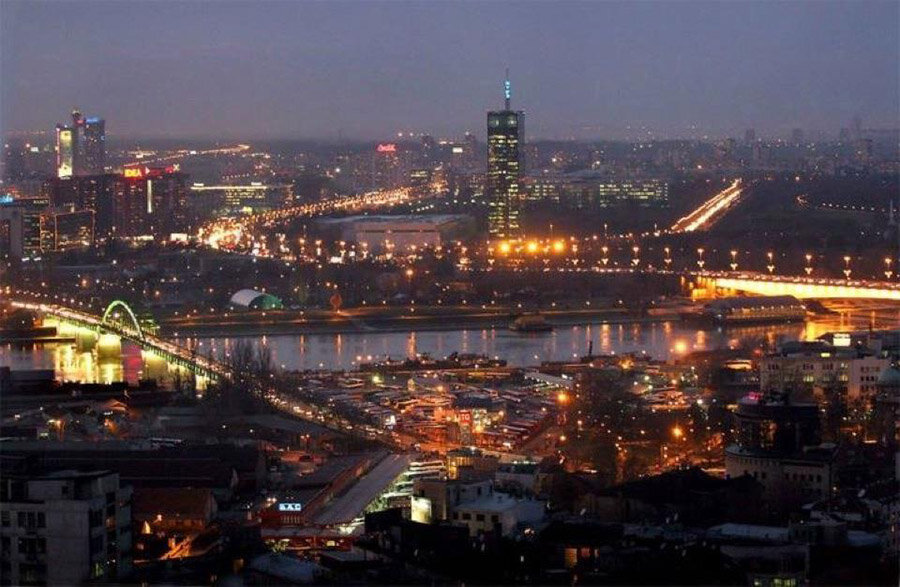читайте также
 Spain’s Real Estate: Record Prices and Falling Yields
Spain’s Real Estate: Record Prices and Falling Yields
 Fuel crisis at Seattle Airport: the Olympic Pipeline outage has disrupted supplies
Fuel crisis at Seattle Airport: the Olympic Pipeline outage has disrupted supplies
 European Hotel Construction Market Breaks Records: Upper Upscale Segment Reaches New Heights
European Hotel Construction Market Breaks Records: Upper Upscale Segment Reaches New Heights
 Middle East Hotel Construction Pipeline Hits Record High: 659 Projects and 163,816 Rooms Under Development
Middle East Hotel Construction Pipeline Hits Record High: 659 Projects and 163,816 Rooms Under Development
 New Rules for Greece’s Golden Visa: What Changes for Investors
New Rules for Greece’s Golden Visa: What Changes for Investors
 Holiday Travel 2025: Less Spending, More Generational Shifts — Deloitte’s New Forecast
Holiday Travel 2025: Less Spending, More Generational Shifts — Deloitte’s New Forecast
Rent Prices Are Falling in Serbia: Where to Find Affordable Housing in 2025

After several years of sharp increases, Serbia’s rental housing market is finally cooling down. Rental prices are beginning to decline in major cities such as Belgrade, Novi Sad, and Niš — a shift that experts attribute to changing migration flows, government incentives, and a saturated market of short-term rental listings.
According to Blic Biznis, data from Nekretnine.rs confirms that monthly rental rates have dropped across Serbia, signaling a broader shift in market dynamics after a prolonged boom largely driven by high foreign demand — especially from Russian nationals after 2022.
Trends in Belgrade: A Mixed Picture
Throughout 2024, average rents in Belgrade climbed steadily, peaking during late summer due to strong student demand. For instance, in the central districts, rents rose from €15.7/m² in July to €16 in August. Other areas also saw steady increases: Mirijevo rose from €9.3 to €9.5, Voždovac from €12 to €12.2, and Vračar from €15.3 to €15.6. The only exception was New Belgrade, which saw a minor decrease.
By spring 2025, however, rental prices began stabilizing. While Belgrade remains relatively expensive, there are signs of moderation. In the city center, rents average €16.7 per square meter, putting a 30 m² apartment at over €500 per month. In Vračar, rates are slightly lower at €15.4, while in New Belgrade it’s €14.1/m². Palilula offers more budget-friendly options at €13.4, meaning a 26 m² apartment may cost around €350/month. Mirijevo remains the most affordable at just €8.9/m², allowing renters to secure a 40 m² apartment for the same price.
Other Cities See Notable Reductions
The downward trend extends to Novi Sad, where the highest prices remain in Podbara, Centar, and Grbavica at around €10.9–11.4/m². More affordable areas like Novo Naselje average €9.4/m².
In Niš, prime rental zones like Bulevar Nemanjića cost around €8.2/m², while in Pantalej, Palilula, and Durlan, rates fall between €5.4 and €6.8. Meanwhile, Kragujevac’s city center averages €7.1, and in Pančevo, typical rents hover around €7.6/m².
What’s Driving the Decline?
Several factors are behind the moderation:
The Serbian government’s housing support programs for young buyers are helping turn renters into homeowners, reducing rental demand.
The waning wave of foreign migration, especially from temporary Russian and Ukrainian tenants.
Oversupply of rental apartments, especially in urban areas.
As Elena Dukić from Nekretnine.rs notes, although prices have declined in some regions, they are still significantly higher than pre-2022 levels.
Long-Term Outlook Remains Positive
Despite short-term fluctuations, long-term forecasts are optimistic. According to Statista, Serbia’s rental market revenue is expected to reach $2.45 billion in 2025, with steady growth projected through 2028.
One driver is EXPO 2027, which will boost infrastructure development and hospitality demand. As Property Forum points out, this major event is likely to attract investment and expand short- and long-term housing demand, especially in Belgrade and Novi Sad.
Meanwhile, the residential sales market remains hot. By late 2024, the average apartment price in Belgrade had reached €2,844/m², with some riverfront properties priced as high as €11,811. Suburbs like Čukarica and Rakovica saw year-on-year increases of 42% and 27%, respectively.
A Stabilizing Market
Real estate expert Miloš Mitić, CEO of City Expert, believes that Serbia’s rental market is returning to equilibrium after the volatility of recent years. If foreign demand continues to decline, prices could ease further — but most analysts agree that any future changes will be moderate and more predictable than before.





